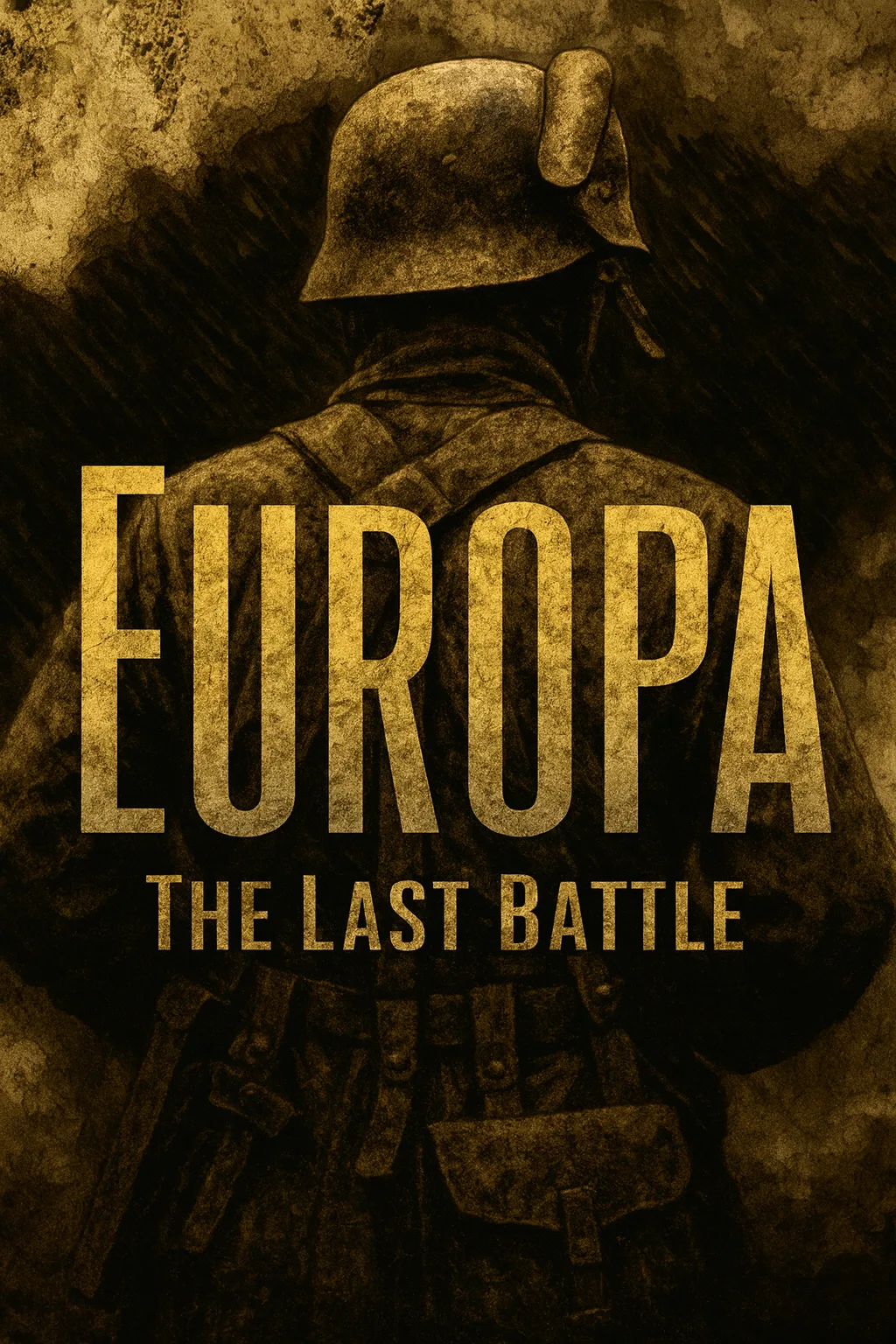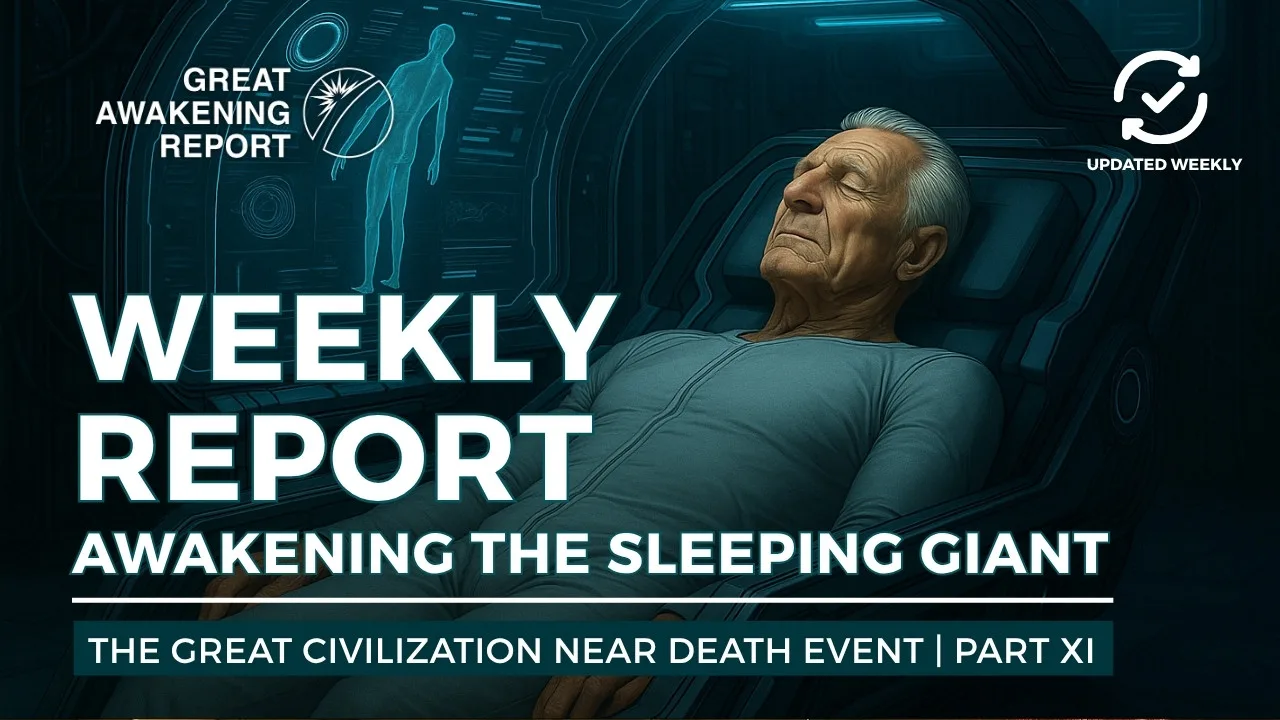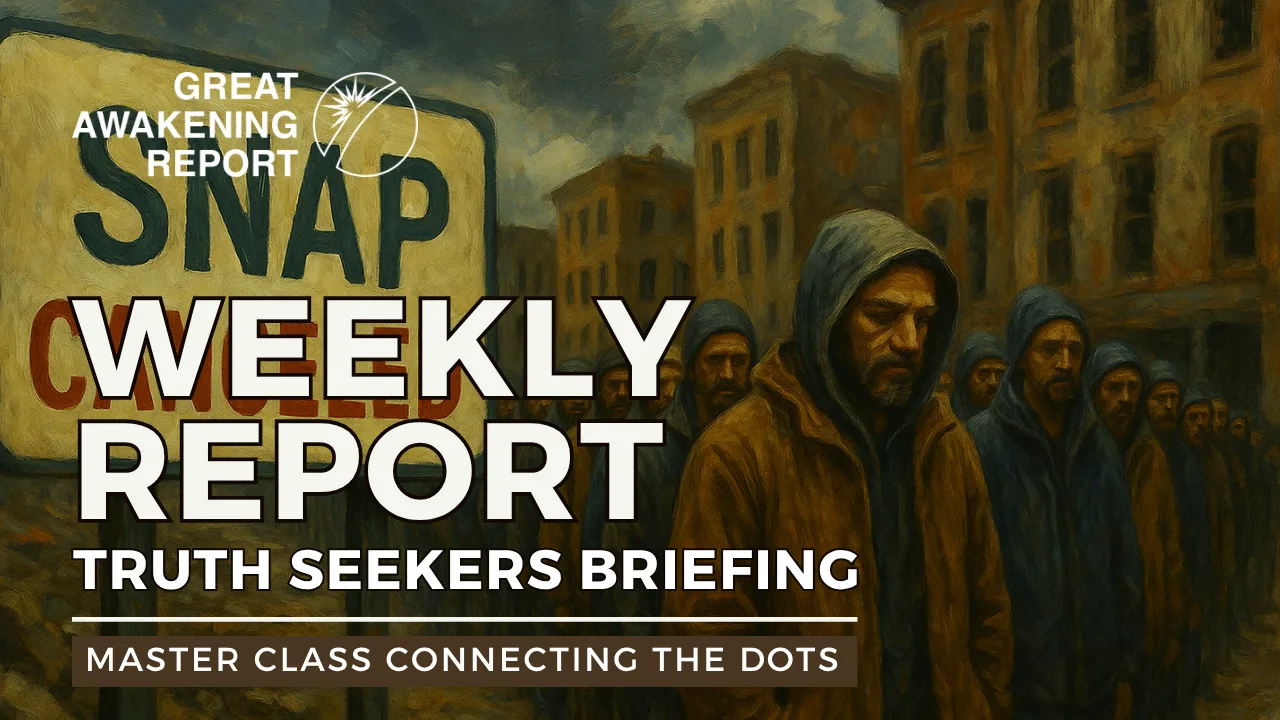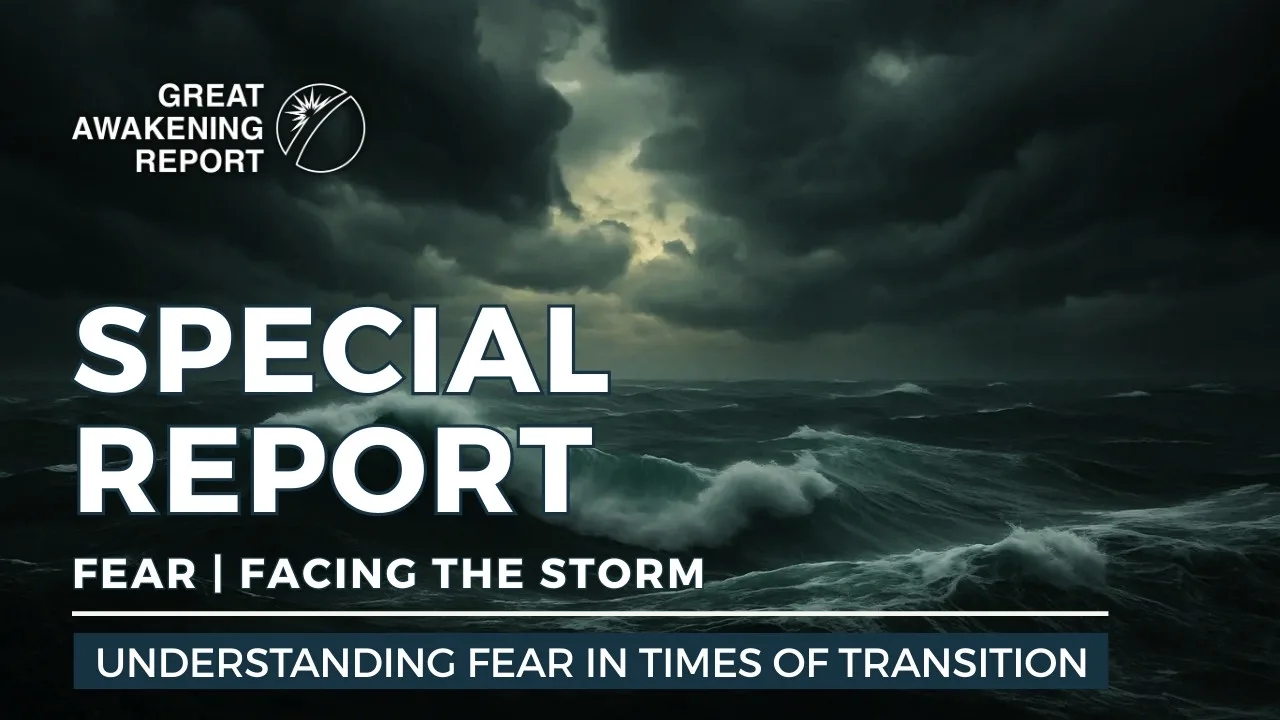The Significance of the EUROPA Operations During World War II
The significance of the EUROPA operations during World War II is critical in understanding the last major conflicts in Europe and their impact on the war’s trajectory. EUROPA represented a strategic posture adopted by Allied commanders to bolster their capabilities and leverage intelligence in key theaters of engagement. This initiative involved intricate planning and coordination, integrating various military and logistical efforts aimed at undermining Axis powers’ positions.
EUROPA operations epitomized the shift in military engagements towards more unified, cooperative strategies among the Allies, particularly between U.S. and British forces. As the war intensified, especially during key events such as the D-Day landings in Normandy, EUROPA’s significance grew. The operation facilitated enhanced reconnaissance and intelligence-sharing, allowing the Allies to effectively counter German defenses and ultimately reclaim much of occupied territory across Europe, shaping the war’s outcome.
Additionally, the success of these operations underscored the importance of air superiority and logistics in contemporary warfare. Allied operations across Europe demonstrated how coordinated efforts, combined with strategic intelligence, could turn the tide against formidable opponents. Ultimately, EUROPA’s initiative not only influenced specific engagements but also set the foundational framework for modern military collaboration and operational planning among allied nations during future conflicts.
For a deeper exploration of the impact of strategic operations on World War II’s outcome, consider reviewing contexts such as the significant shifts in Allied strategies in recent articles about the war’s intricacies on The Great Awakening Report.
Strategic Advantages of EUROPA’s Geographical Features
EUROPA became a pivotal arena in the concluding stages of the war, influenced by its unique geographical and strategic features. Its location in the heart of Europe provided significant logistical advantages, facilitating rapid troop movements and supply lines. Control over key access points such as river crossings and mountain passes allowed for tactical superiority in maneuver warfare. Critical locations like the Rhine River also served as natural barriers, creating defensive strongholds for forces positioned there.
Cities such as Berlin and Paris were not only cultural capitals but also logistical hubs. The Allies leveraged these cities for coordinated operations, enhancing their offensive capabilities against Axis powers. Advanced military technology, including improved air power and mechanized infantry, played a crucial role in the campaigns staged in EUROPA. The strategic use of airfields also showcased the integration of air superiority into ground operations, cementing EUROPA as a battleground where control of the skies was intensely contested.
Moreover, the war’s final phases witnessed extensive urban warfare, particularly in cities that had transformed into battlegrounds, complicating military operations due to civilian presence and infrastructure challenges. The dense urban layout, along with fortified positions, shaped the dynamics of fierce combat as forces engaged in building-to-building fighting, further illustrating the challenges and the importance of urban centers during the conflict.
These factors combined made EUROPA not only a strategic military region but also a focal point for political and ideological struggles as the war drew to a close, ultimately leading to its greater significance in post-war allocations and the eventual reconstruction of Europe. For further exploration of this topic, visit the detailed accounts in our articles on the Great Awakening Report.
Key Military Leaders and Their Impact on EUROPA’s Final Battles
The final battles in EUROPA were shaped by a complex interplay of military leaders and their respective armies, each facing significant challenges and dynamics. Key commanders included strategists known for their pivotal roles in orchestrating operations under trying circumstances. For instance, leaders faced logistical challenges as supply lines were stretched thin, significantly impacting their operational effectiveness. The harsh terrain of EUROPA presented additional difficulties, necessitating adaptive tactics that reflected the unique landscape.
One prominent figure was General X, whose innovative strategies were challenged by limited resources and the morale of troops suffering from prolonged engagements. He emphasized the importance of intelligence and information warfare, leveraging psychological operations to undermine enemy confidence. Meanwhile, General Y’s forces struggled with maintaining troop cohesion amidst frequent skirmishes, highlighting the importance of leadership in times of strife.
The dynamics of these battles revealed a constant evolution in warfare tactics, as both sides adapted to increasingly sophisticated technologies and unforeseen scenarios. The integration of real-time data and improved communication systems, such as those leveraged by General X, played a crucial role in navigating the chaos of battle. Furthermore, the shifting allegiances and local resistance movements further complicated command efforts, compelling leaders to forge tenuous alliances with local factions.
In summary, the final confrontations in EUROPA were marked by tactical innovation, significant logistical hurdles, and the intricate relationships among military leaders, each vying for dominance in a rapidly changing war environment. For further insights on related military strategies, consider exploring how past conflicts have influenced modern warfare tactics: [Source: Great Awakening Report – September 2018].
Critical Battles that Shaped the War’s Outcome
The pivotal battles and operations during World War II in Europe significantly altered the trajectory of the war, showcasing critical strategic decisions by military commanders.
One of the most decisive moments was the D-Day invasion (Operation Overlord) on June 6, 1944. Allied forces, under the command of General Dwight D. Eisenhower, launched a massive amphibious assault on Normandy, France. This operation involved extensive planning, deception strategies, and coordination among air, land, and naval forces. The successful landings allowed the Allies to establish a crucial foothold in Europe, leading to the liberation of Western Europe from Nazi control. Eisenhower’s decision to go ahead with the operation despite poor weather conditions was pivotal, demonstrating the importance of creativity and determination in military strategy [Source: History].
Following this, the Battle of Stalingrad (1942-1943) was a turning point in the Eastern Front and a critical failure for Germany. The Soviet command, under General Vasily Chuikov and later General Georgy Zhukov, managed a deeply entrenched defense and counter-offensive strategy that encircled and defeated the German Sixth Army. This battle exemplified the catastrophic consequences of logistical overreach and poor planning by the German command, ultimately leading to a shift in momentum towards the Soviets [Source: BBC].
Moreover, the Battle of El Alamein (1942) marked a significant turning point in the North African Campaign. British General Bernard Montgomery’s strategies effectively halted the advance of Axis forces, leading to a series of victories for the Allies in North Africa. Montgomery’s focus on improved logistics and troop morale underscored the significance of unified command and adaptation to battlefield conditions [Source: U.S. Army].
The Battle of the Bulge (1944-1945) also showcased dramatic command decisions under pressure. German forces, led by Adolf Hitler, attempted a surprise counteroffensive to split the Allied forces. However, General Eisenhower’s quick recognition of the threat and his orders to reinforce the American troops aided in blunting the German advance. Despite heavy Allied losses, the resilience of American forces and swift strategic recovery highlighted the importance of command adaptability [Source: History].
These significant battles emphasize how critical decisions made by commanders can shape the outcome of major military conflicts, influencing not just the immediate consequences on the battlefield but also the broader course of history in Europe.
The Human Cost of War: Sacrifices of Soldiers and Civilians
During the last battles in Europe, both soldiers and civilians made profound sacrifices, deeply impacting their lives emotionally and physically. Soldiers faced extreme psychological challenges often described as “combat PTSD”, a condition that can result from the immediate traumas experienced during conflicts, such as witnessing death or suffering near their comrades. Research suggests that combat exposure can lead to anxiety, depression, and severe stress reactions that persist long after the battle ends [Source: National Institutes of Health].
Civilians, caught in the crossfire and forced to flee their homes, also suffered tremendously. Many lost loved ones, their homes, and their sense of security. The psychological toll on them can be profound as they grapple with loss, displacement, and the trauma of conflict, leading to long-term challenges in mental health [Source: World Health Organization]. The emotional scars of war can linger, creating rifts in community and familial ties, compounded by the physical challenges of rebuilding or relocating [Source: UNHCR].
The sacrifices made by both groups serve as a stark reminder of the cost of conflict, urging societies to consider the heavy toll exacted by war. The need for comprehensive mental health and community support systems is more critical now than ever, as both soldiers and civilians seek to heal from their experiences and find a way to rebuild their lives.
Post-War Implications and the New World Order
The conclusion of World War II was shaped by critical battles that not only determined the victors but also set the stage for the post-war landscape of Europe. The outcomes of major conflicts, such as the Battle of Stalingrad and the Battle of the Bulge, significantly shifted power dynamics and influenced the geopolitical architecture of the continent.
The devastation wrought by these battles necessitated extensive rebuilding efforts, leading to initiatives like the Marshall Plan, which aimed to restore European economies. This aid helped countries like West Germany rise from the ashes of war and facilitated the integration of Western Europe, laying frameworks for cooperation that eventually led to the European Union (EU) [Source: History.com].
Furthermore, the ideological divide solidified by the war—between the capitalist West and the communist East—shaped international relations for decades. The establishment of NATO and the Warsaw Pact created military alliances that defined the Cold War period, illustrating how WWII battles not only concluded conflicts but also entangled nations in complex political webs [Source: Britannica].
In conclusion, the last battles of EUROPA played a crucial role in shaping a new world order, affecting how nations rebuilt themselves and interacted in the aftermath of the war, reinforcing the importance of understanding historical combat as a catalyst for change and cooperation in international relations. For more insights on the ongoing impact of historical events on modern geopolitics, check out our article on the Deep State and geopolitical influence.
Sources
Share This Report
Have questions?
At Great Awakening Report, we are dedicated to supporting your journey toward truth and enlightenment through our specialized Coaching and Consulting services.
Coaching Services: Our coaching programs are designed to guide you through personal awakening and transformation. We offer personalized sessions that focus on expanding consciousness, uncovering hidden truths, and fostering spiritual growth. Our experienced coaches provide the tools and insights necessary to navigate your path with clarity and confidence.
Consulting Services: For organizations and individuals seeking deeper understanding and strategic guidance, our consulting services offer expert analysis and solutions. We delve into areas such as global transitions, alternative news insights, and consciousness studies to provide comprehensive strategies tailored to your unique objectives.
Embark on a transformative journey with our Coaching and Consulting services, and unlock your highest potential. To learn more and schedule a session, visit our Coaching and Consulting pages.
Thank you
Thank you to our subscribers and readers for your continued support and dedication to truth and awakening. Your encouragement, engagement, and belief in our mission make everything we do possible. Together, we are expanding awareness and helping illuminate the path forward.
If you would like to further support the Great Awakening team and our ongoing efforts to share insight, knowledge, and truth, you can DONATE HERE.
With deep gratitude,
– Great Awakening Team
DISCLAIMER: All statements, claims, views and opinions that appear anywhere on this site, whether stated as theories or absolute facts, are always presented by The Great Awakening Report (GAR) as unverified—and should be personally fact checked and discerned by you, the reader.Any opinions or statements herein presented are not necessarily promoted, endorsed, or agreed to by GAR, those who work with GAR, or those who read or subscribe to GAR.Any belief or conclusion gleaned from content on this site is solely the responsibility of you the reader to substantiate.Any actions taken by those who read material on this site are solely the responsibility of the acting party.You are encouraged to think for yourself and do your own research.Nothing on this site is meant to be believed without question or personal appraisal.
COPYRIGHT DISCLAIMER: Citation of articles and authors in this report does not imply ownership. Works and images presented here fall under Fair Use Section 107 and are used for commentary on globally significant newsworthy events. Under Section 107 of the Copyright Act 1976, allowance is made for fair use for purposes such as criticism, comment, news reporting, teaching, scholarship, and research.
COMMUNITY GUIDELINES DISCLAIMER: The points of view and purpose of this video is not to bully or harass anybody, but rather share that opinion and thoughts with other like-minded individuals curious about the subject.










